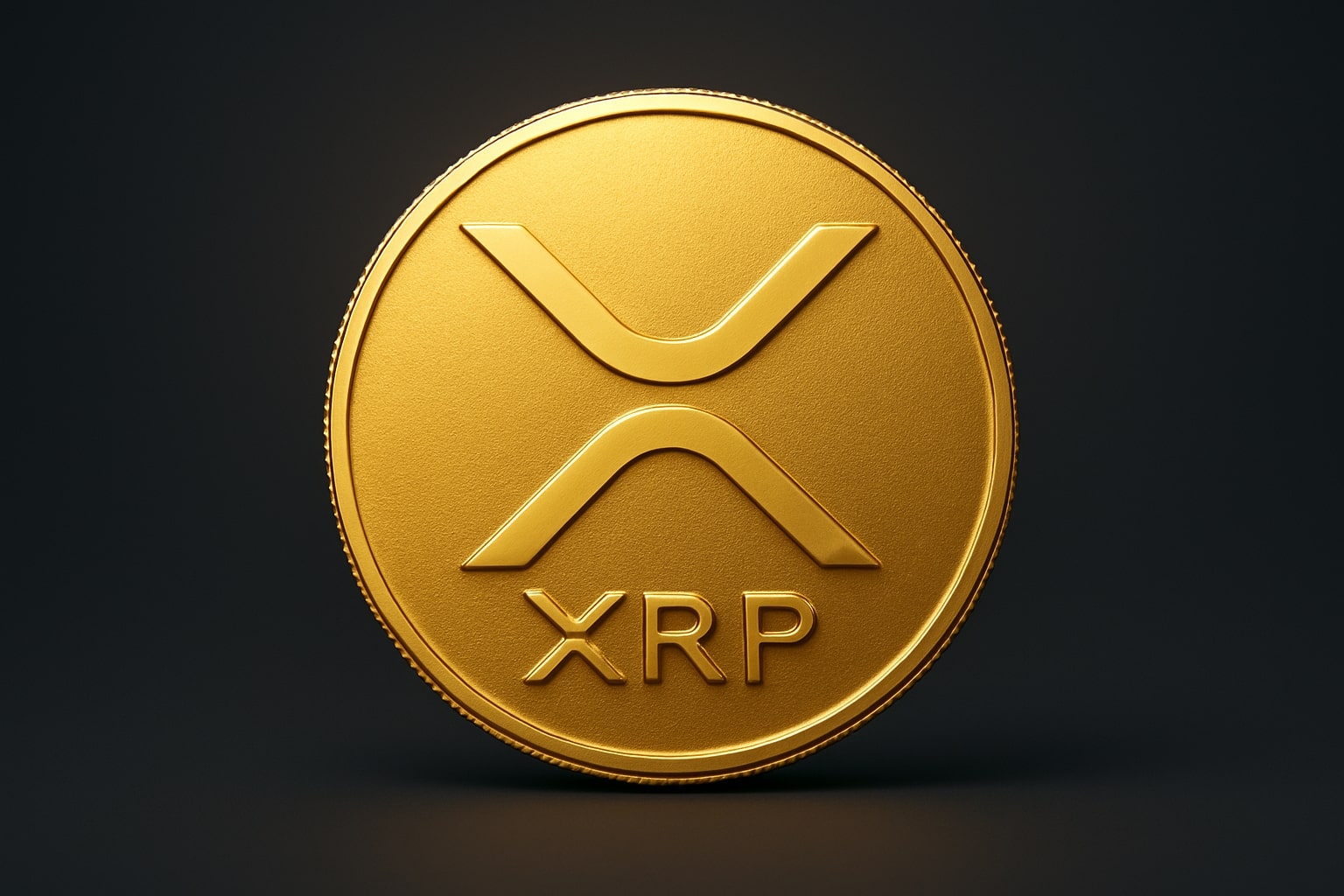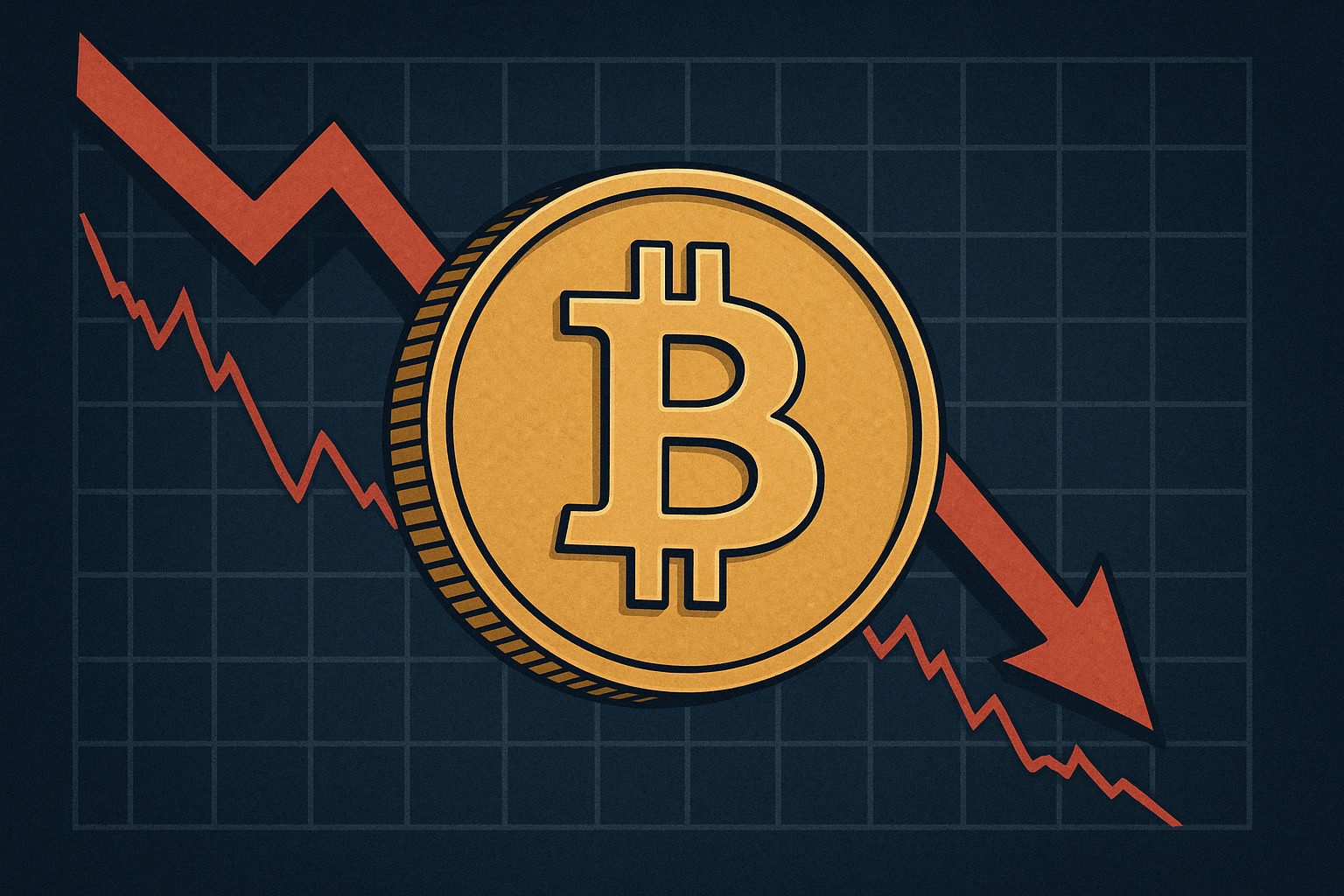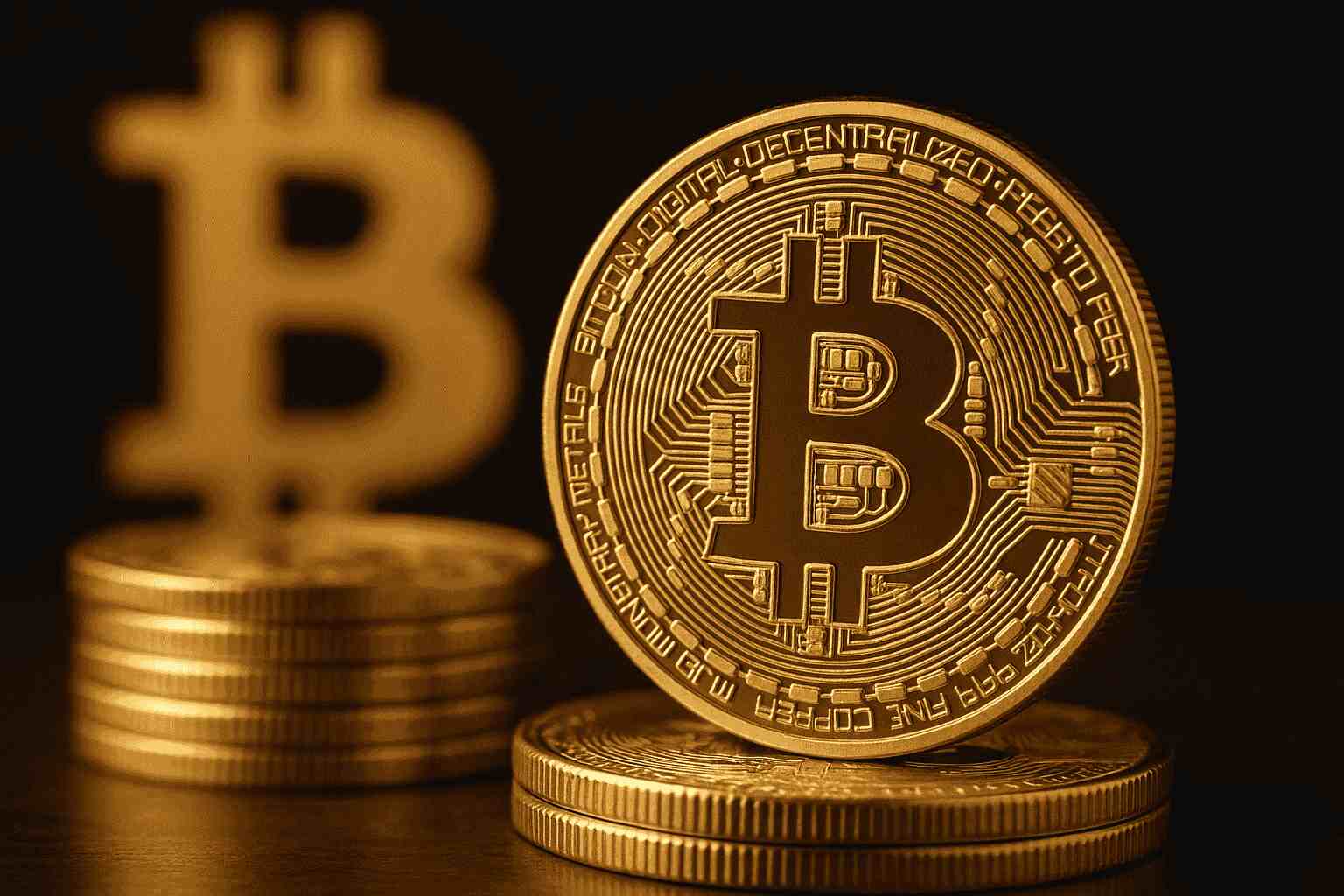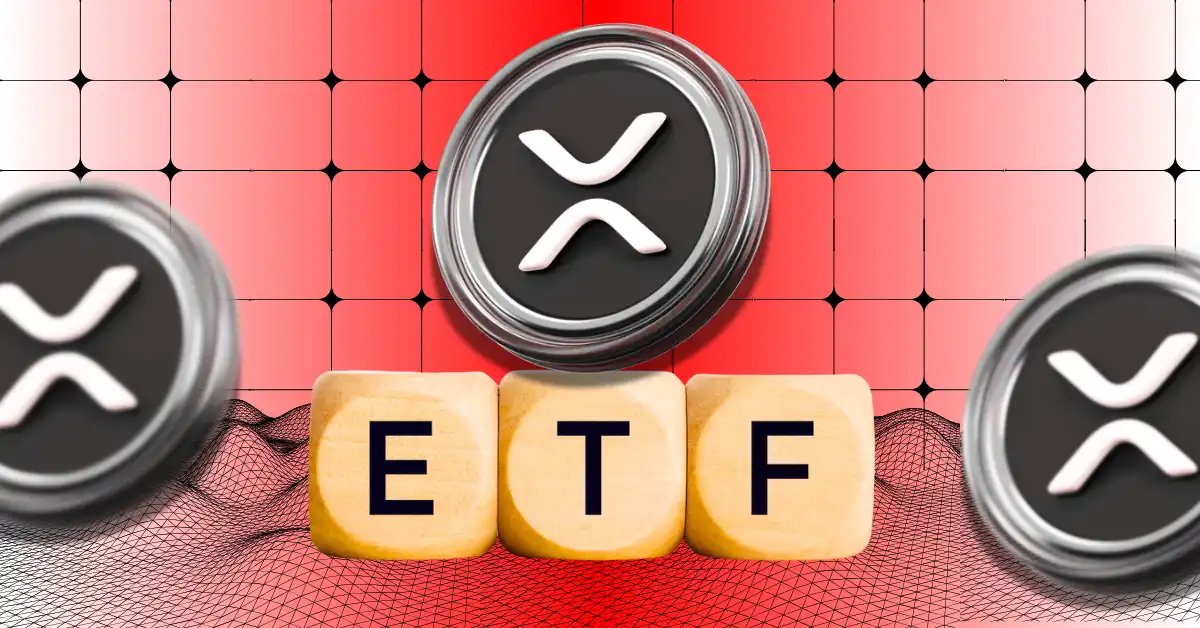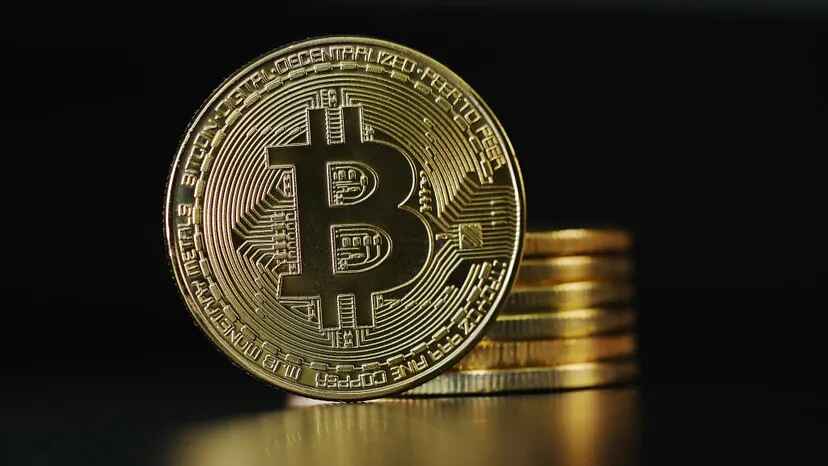The Czech National Bank (CNB) has set a precedent in Europe by purchasing Bitcoin as part of a controlled pilot program. The institution confirmed the creation of a $1 million test portfolio designed to evaluate blockchain-based instruments and their long-term implications for financial stability.
The CNB’s board approved the initiative on October 30. The bank then constructed a portfolio composed of Bitcoin, a USD stablecoin, and a tokenized deposit. Each component is meant to represent a core segment of the emerging digital asset landscape. This enables the central bank to observe custody practices, settlement processes, and risk management procedures directly, without expanding its exposure beyond the approved amount.
Moreover, the CNB stressed that the allocation will remain capped. Although the European Central Bank has maintained a cautious approach to such experiments, the Czech central bank opted to move forward as the country retains independence from the eurozone framework.
Governor Michl Pushes Ahead Despite Raised Eyebrows
Governor Aleš Michl championed the idea earlier in the year. His proposal initially faced skepticism from regional policymakers, including ECB President Christine Lagarde. Yet the Czech Republic’s monetary autonomy created space for a controlled experiment, and the bank adopted a measured strategy focused on observation rather than speculation.
Consequently, the pilot gives the CNB structured exposure to assets that are now considered central to broader discussions around financial innovation. Bitcoin’s potential role as a diversifier, stablecoins’ relevance in payment flows, and tokenized deposits’ compatibility with existing banking systems all form part of the research brief. The bank plans to monitor the performance, settlement efficiency, and regulatory implications of each category over the next two to three years.
Traditional Reserves Remain Unaffected
The CNB clarified that the digital asset portfolio sits entirely outside its official international reserves. No impact on monetary policy, foreign exchange holdings, or liquidity buffers is expected. Instead, the initiative will serve as a controlled testing ground, providing policymakers with a controlled environment to evaluate how blockchain-based instruments interact with institutional risk frameworks.
Furthermore, the program aligns with growing interest among global authorities exploring tokenization and digital reserve models. Other central banks have conducted small-scale pilots with stablecoins or distributed ledger technologies, yet few have purchased Bitcoin directly.

